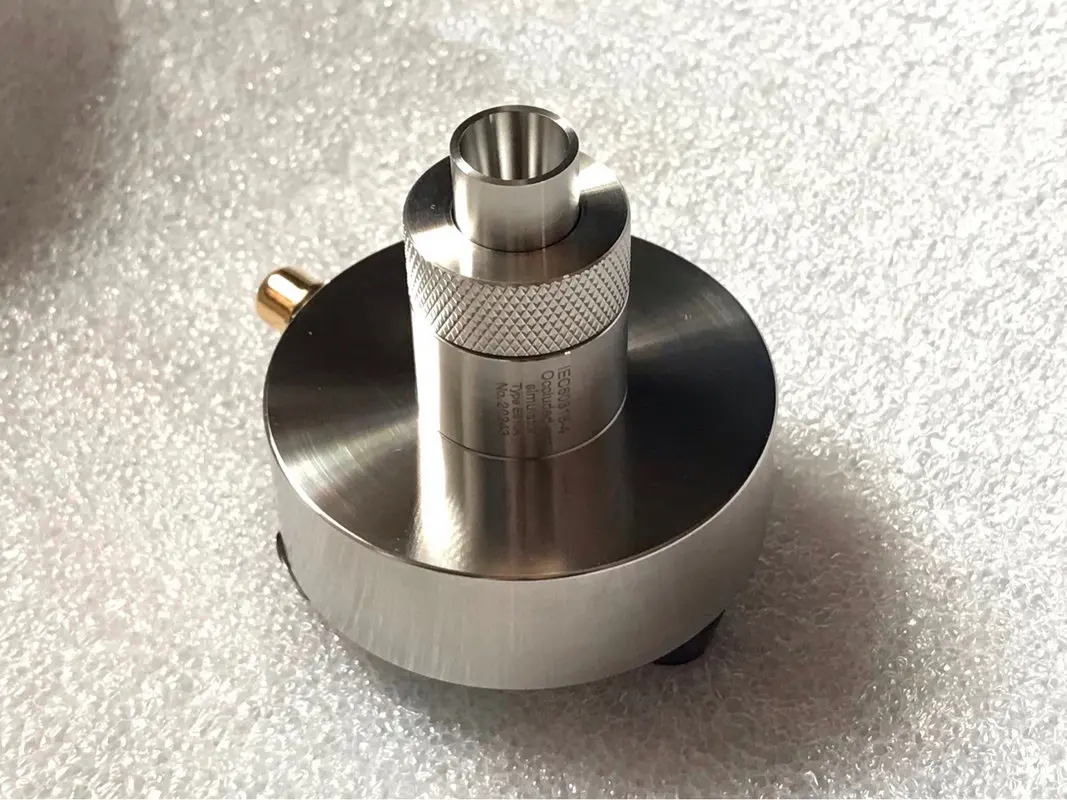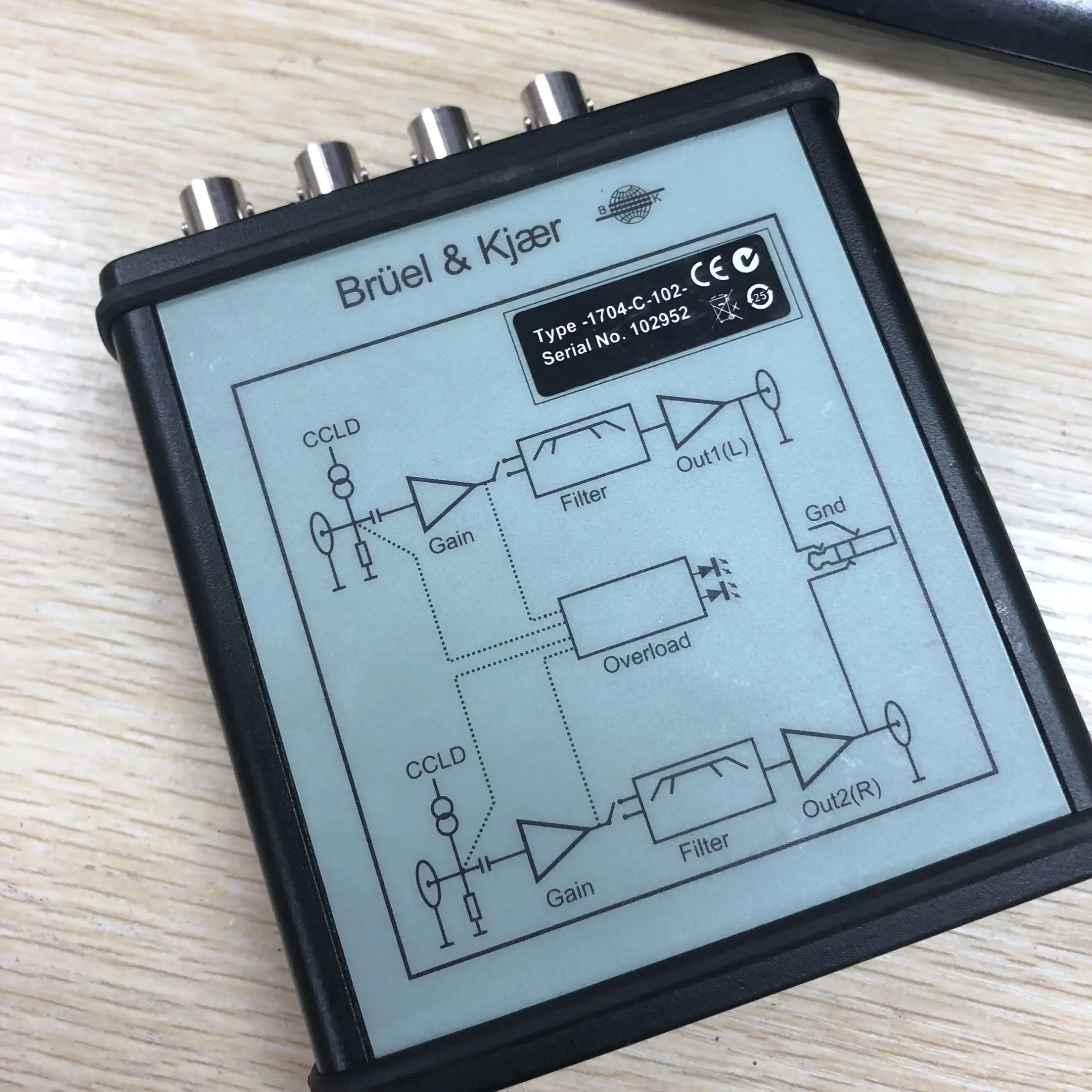My journey in In-Ear Monitor (IEM) measurement started with some common measurement microphones and DIY shrink tube couplers.

I've been interested in IEM measurement for quite a long time, but not ready to spend big bucks on GRAS or B&K couplers. The idea is to search for a more affordable measurement setup that can produce meaningful result. What I mean by meaningful is that the measurement result is at least consistent, so we can compare different IEMs measurements and get consistent result from the setup. Besides that I hope the measurement result is, to a certain degree, more or less comparable to the measurement result from those expensive couplers.
For the last 2 years or more I've been using China clone IEC 60318-4 couplers and I would like to share what I've learned here.
Big thanks to @JohnYang1997 for some info he shared with me that helped me in making the right decision in purchasing my latest IEC coupler from Taobao that has been my main IEC coupler for now.
Now I have 3 clone (read: compliant) IEC 60318-4 couplers:




The coupler without mic can be attached to measurement mic with nozzle diameter around 12.7 mm. For example MiniDSP UMIK-1.
The 1st and 2nd couplers in the list come with a build in microphone and calibration files.
A few lessons that I've learned from using the clone couplers:
1. The calibration files were poorly done, and therefore useless. So we need a way to calibrate the clone couplers with better coupler like the GRAS or B&K couplers. This is quite a challenge if we don't have access to exactly the same IEM measured by GRAS or B&K couplers and compare the measurement with their measurement result. Fortunately the 1st coupler in the list above produce pretty close measurement result with GRAS RA0045-S1, even without any calibration file.
2. When calibrated, some clone couplers can produce measurement result pretty close to the better and more expensive couplers like the GRAS coupler.
3. Although frequency response can be calibrated, harmonic distortion measurement cannot be calibrated. So poor microphone usually resulting in higher THD measurement than THD measurement result from a good branded coupler.
Thanks to a Head-Fi member, csglinux from https://www.hypethesonics.com/, he started a tour of Etymotic ER2SE measurement, so that I (and other participating members) could compare measurements of ER2SE and few other IEMs in the tour package with his GRAS RA0045-S1 coupler (RA0045 coupler + 40AO mic + 26CA preamp).
https://www.head-fi.org/threads/ety...phone-for-your-ears-and-your-couplers.908512/
After about 2 weeks of non-stop measurements and drafting the calibration files for my latest coupler (SN: 20229), the following are the comparisons of frequency response measurement result from GRAS RA0045-S1 and my coupler, E610A-SN20229. All measurements were done at 94 dB SPL at 500 Hz, but I shifted the right channel measurement down 5 dB after measurement in REW, just to visually separate them from the left channel for easier observation.
Left on Top, Right at the Bottom. GRAS RA0045 in Red, my clone coupler E610A-SN20229 in Blue.
Etymotic ER2SE:

Samsung earphones EO-IG955 (Tuned by AKG)

Sony MH755:

BLON BL-05:

The reason I was looking for a better coupler and finally bought the ICP mic based coupler, is to get better THD measurement. The THD measurement from the coupler with plug-in-powered microphone (SN: 20201) is always higher than expected. Among the 4 IEMs in the tour kit, BLON BL-05 is the most impressive in THD measurement. It has very low THD to test the capability of the coupler. The coupler with plug-in-powered microphone showing THD measurement in the range of 0.5% - 1.0% THD for BLON BL-05, while the ICP mic based coupler (SN: 20229) goes down to lower than 0.01%, showing similar curve to the GRAS RA0045 with only slightly higher overall THD. Pretty impressive for a coupler that cost probably 1/6 - 1/7 of the GRAS RA0045-S1.
BLON BL-05 - Left THD - GRAS RA0045-S1:

BLON BL-05 - Left THD - E610A-20229 (Clone Coupler):

Here is my current measurement setup:

Both RME Babyface Pro FS and the B&K 1704 are battery powered, because I put everything inside a Pelican case that function as noise isolation container. It is very difficult to measure IEM with low THD like the BLON BL-05 without noise isolation container, because the ambient noise will be higher than the harmonic distortion signal that will be measured. I cut a hole on the Pelican case to install USB 3.0 coupler for USB connection of the Babyface Pro FS to my computer. I added 1 inch high density rubber mat and sound isolation seal to improve the noise isolation.

My conclusion so far, I'm quite happy with my latest clone coupler (ICP Mic - SN: 20229). IMHO it is worth it.
One day I might end up with a GRAS coupler, but for now, this clone coupler is good enough.
I recently ordered the Panasonic RP-TCM125 IEM for measurement, so I can compare it with Amir's review of that IEM:
https://www.audiosciencereview.com/.../panasonic-rp-tcm125-review-budget-iem.22797/
If @amirm has the time, I would love to send over a few IEMs to be compared to Amir's GRAS 45CA
Anyone who has experience with IEC 60318-4 clone couplers, please share your experience so we can learn which clone coupler is worth the money and which are not
I've been interested in IEM measurement for quite a long time, but not ready to spend big bucks on GRAS or B&K couplers. The idea is to search for a more affordable measurement setup that can produce meaningful result. What I mean by meaningful is that the measurement result is at least consistent, so we can compare different IEMs measurements and get consistent result from the setup. Besides that I hope the measurement result is, to a certain degree, more or less comparable to the measurement result from those expensive couplers.
For the last 2 years or more I've been using China clone IEC 60318-4 couplers and I would like to share what I've learned here.
Big thanks to @JohnYang1997 for some info he shared with me that helped me in making the right decision in purchasing my latest IEC coupler from Taobao that has been my main IEC coupler for now.
Now I have 3 clone (read: compliant) IEC 60318-4 couplers:
- IEC 60318-4 plinth coupler with ½ inch ICP prepolarized microphone. Model E610A SN: 20229 (latest purchase)
- IEC 60318-4 plinth coupler with plug-in-powered (±5V) microphone. Model E610A SN: 20201
- IEC 60318-4 coupler without microphone, model E610A coupler SN: 30168



The coupler without mic can be attached to measurement mic with nozzle diameter around 12.7 mm. For example MiniDSP UMIK-1.
The 1st and 2nd couplers in the list come with a build in microphone and calibration files.
A few lessons that I've learned from using the clone couplers:
1. The calibration files were poorly done, and therefore useless. So we need a way to calibrate the clone couplers with better coupler like the GRAS or B&K couplers. This is quite a challenge if we don't have access to exactly the same IEM measured by GRAS or B&K couplers and compare the measurement with their measurement result. Fortunately the 1st coupler in the list above produce pretty close measurement result with GRAS RA0045-S1, even without any calibration file.
2. When calibrated, some clone couplers can produce measurement result pretty close to the better and more expensive couplers like the GRAS coupler.
3. Although frequency response can be calibrated, harmonic distortion measurement cannot be calibrated. So poor microphone usually resulting in higher THD measurement than THD measurement result from a good branded coupler.
Thanks to a Head-Fi member, csglinux from https://www.hypethesonics.com/, he started a tour of Etymotic ER2SE measurement, so that I (and other participating members) could compare measurements of ER2SE and few other IEMs in the tour package with his GRAS RA0045-S1 coupler (RA0045 coupler + 40AO mic + 26CA preamp).
https://www.head-fi.org/threads/ety...phone-for-your-ears-and-your-couplers.908512/
After about 2 weeks of non-stop measurements and drafting the calibration files for my latest coupler (SN: 20229), the following are the comparisons of frequency response measurement result from GRAS RA0045-S1 and my coupler, E610A-SN20229. All measurements were done at 94 dB SPL at 500 Hz, but I shifted the right channel measurement down 5 dB after measurement in REW, just to visually separate them from the left channel for easier observation.
Left on Top, Right at the Bottom. GRAS RA0045 in Red, my clone coupler E610A-SN20229 in Blue.
Etymotic ER2SE:
Samsung earphones EO-IG955 (Tuned by AKG)
Sony MH755:
BLON BL-05:
The reason I was looking for a better coupler and finally bought the ICP mic based coupler, is to get better THD measurement. The THD measurement from the coupler with plug-in-powered microphone (SN: 20201) is always higher than expected. Among the 4 IEMs in the tour kit, BLON BL-05 is the most impressive in THD measurement. It has very low THD to test the capability of the coupler. The coupler with plug-in-powered microphone showing THD measurement in the range of 0.5% - 1.0% THD for BLON BL-05, while the ICP mic based coupler (SN: 20229) goes down to lower than 0.01%, showing similar curve to the GRAS RA0045 with only slightly higher overall THD. Pretty impressive for a coupler that cost probably 1/6 - 1/7 of the GRAS RA0045-S1.
BLON BL-05 - Left THD - GRAS RA0045-S1:
BLON BL-05 - Left THD - E610A-20229 (Clone Coupler):
Here is my current measurement setup:
Both RME Babyface Pro FS and the B&K 1704 are battery powered, because I put everything inside a Pelican case that function as noise isolation container. It is very difficult to measure IEM with low THD like the BLON BL-05 without noise isolation container, because the ambient noise will be higher than the harmonic distortion signal that will be measured. I cut a hole on the Pelican case to install USB 3.0 coupler for USB connection of the Babyface Pro FS to my computer. I added 1 inch high density rubber mat and sound isolation seal to improve the noise isolation.
My conclusion so far, I'm quite happy with my latest clone coupler (ICP Mic - SN: 20229). IMHO it is worth it.
One day I might end up with a GRAS coupler, but for now, this clone coupler is good enough.
I recently ordered the Panasonic RP-TCM125 IEM for measurement, so I can compare it with Amir's review of that IEM:
https://www.audiosciencereview.com/.../panasonic-rp-tcm125-review-budget-iem.22797/
If @amirm has the time, I would love to send over a few IEMs to be compared to Amir's GRAS 45CA
Anyone who has experience with IEC 60318-4 clone couplers, please share your experience so we can learn which clone coupler is worth the money and which are not





